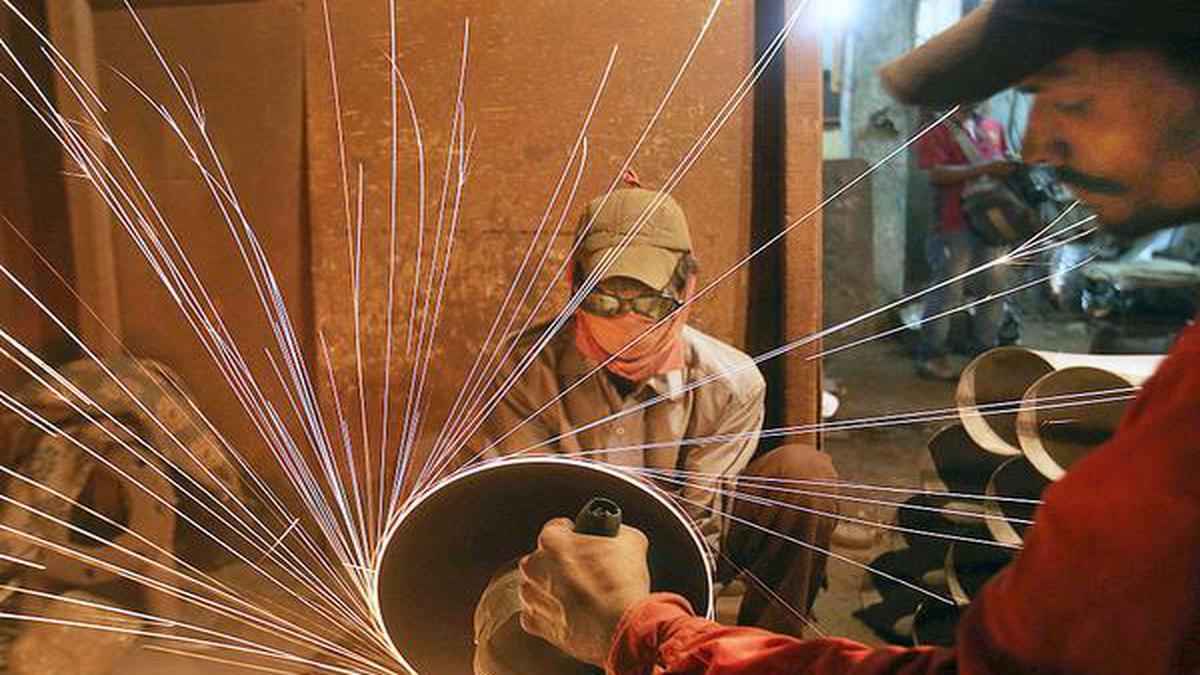
May’s S&P Global India Manufacturing Purchasing Managers Index (PMI) shows factory orders surge at pace not seen since January 2021, slowing cost accumulation prompts producers to invest at unprecedented pace It rose to 58.7 in May, the highest level in 31 months, following the expansion of the
A reading of 50 on the index, which stood at 57.2 in April, indicates no change in activity levels. The latest reading reflects a substantial improvement in operating conditions with order books growing for the 23rd consecutive month, bolstered further by export deals clocking the swiftest rise in six months.
While the overall improvement in the health of the sector was the strongest since October 2020, output levels were the highest in 28 months and the pressure on capacities compelled firms to rev up fresh hiring to a six-month high.
While input costs “remained historically mild”, S&P Global said its survey of about 400 firms that forms the basis of the index, showed that producers raised selling prices at “a solid and quicker rate in May” that was the highest in a year. “According to [survey] panellists, sustained increases in input costs and a supportive demand environment led them to lift their charges,” the firm said.
Overall business confidence levels about growth prospects continued to improve after hitting an eight-month low in March, to hit a five-month high in May, with firms ascribing their upbeat mood to publicity and demand resilience.
Pollyanna De Lima, economics associate director at S&P Global Market Intelligence said the soaring sales captured in the PMI showcased robust demand for Indian goods at home and overseas, which also generated more employment opportunities in May. Ms. De Lima, however, added a word of caution about purchasing power depleting due to inflation.
“Improvements in supply chains and generally subdued global input demand helped keep input price inflation under control in May, but increased demand and previously absorbed cost burdens have led to a significant increase in selling prices. “There has been an upward revision. Demand-driven inflation, while not inherently negative, can erode purchasing power, create challenges for the economy and open the door for further rate hikes,” he stressed.
A record increase in wholesale inventories shows that companies are poised to take control of their supply chains. This should allow companies to mitigate potential disruptions, maintain a steady flow of production, and demonstrate resilience in the face of challenges, de Lima said.
To read more such news, download Bharat Express news apps


















